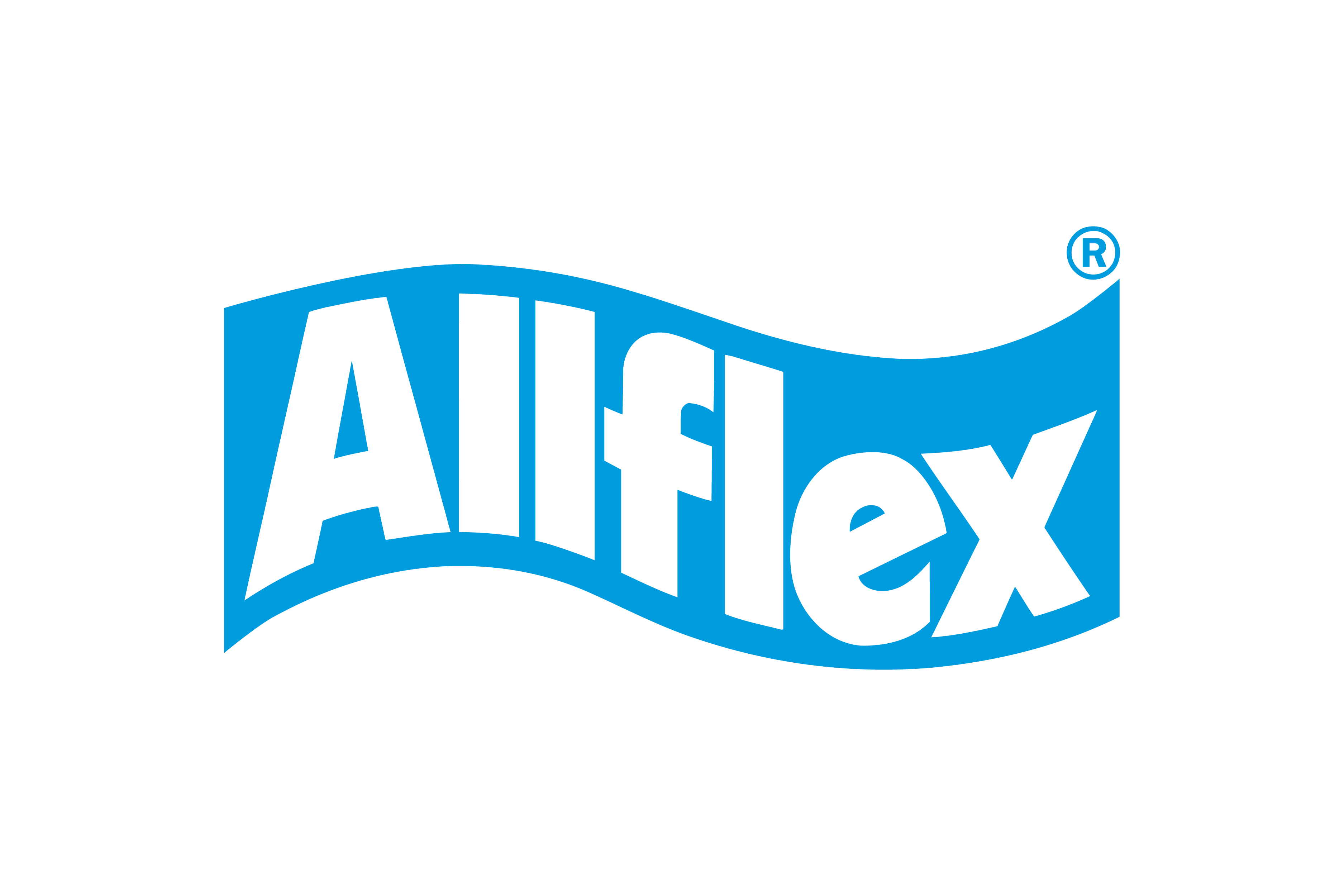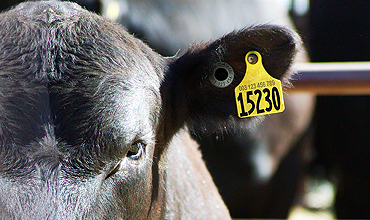The internet is full of information about tagging livestock with EID tags, tag reading, weighing and collecting flock or herd data, but not all of it is accurate. Also, there are few recommendations that can actually help farmers integrate these technologies into their daily routines to optimize their farming practices and improve profitability. This article seeks to fill in some of the gaps. While it focuses on UK requirements around tagging lambs, some aspects also apply to other types of livestock in different regions.
As the Allflex Livestock ID Product Manager in the UK, I’ve had more than a few conversations with sheep farmers about the UK laws for the compulsory electronic identification (EID) of sheep and their financial implications. After researching these laws, as well as the costs and benefits of EID technology for sheep farmers, it became clear to me that the solution lies in double-tagging the lambs at birth instead of single-tagging them. I’ll explain why shortly, but first, here is some background.
Compulsory electronic lamb tagging in the UK
The UK laws around the compulsory electronic identification of sheep are relatively straightforward. They state that all lambs must be identified with an ear tag(s) within six months of birth (if housed overnight) and nine months (if not housed overnight), or before the animals move from the holding of birth – whichever occurs soonest.
Lambs intended for slaughter (under 12-months old) can be identified using a single electronic identification (EID) ear tag. These tags, also referred to as “slaughter tags”, contain a micro-chip that can be read with a compatible tag reader, as well as the tag’s number printed on the outer casing for visual identification purposes. In cases where the lamb is kept on the farm for longer than 12 months, the owner needs to replace this single tag with a pair of tags often referred to as a “breeding pair”. At least one of these tags must be an EID tag and both tags must be printed with the animal’s individual identification number and the flock mark.
Current EID usage
While these laws are clear regarding the use of an electronic tag, there is no mandatory requirement for using equipment to read them. This may explain why, according to a recent independent survey, only about 53% of the sheep farmers in England and Wales own an EID stick reader, and fewer than half of these farmers use them to collect flock data.
Moreover, because auction marts and abattoirs use readers to identify stock, these third parties automatically scan the tags upon arrival and send a list of the logged animals back to the farmer to cross-reference. In this scenario, the control is with the third party and not the farmer, whose livelihood actually depends on the flock.
It may also partially explain why most farmers I’ve spoken with only tag those lambs that are due to be sent to the market or abattoir a few hours before they leave the holding. This delay in applying the tag could also be due to the potential for the tag to be lost (e.g. pulled out of the lamb’s ear whilst it is playing in the barn or is out at grass), and the subsequent cost, time, and effort required to fit a replacement tag. By applying these tags just before the lambs are sent away, the farmer still pays the price of the EID tag only to have it cut out a few hours later when the lamb is processed.
It’s easy to understand why farmers see the price of a single “slaughter tag” as a direct tax against their business. In effect, they are paying the price without realizing any of the benefits it brings!
The benefits of electronic identification (and weight recording)
The key benefit of EID tagging technology is its ability to accurately and quickly collate and store data for the benefit of the farm’s longer-term financial gains. It is also a vital tool for quickly identifying sheep in the event of a disease or infection outbreak so that individual or groups of animals can be segregated, treated, or culled accordingly.
Indeed, the advantages that the use of EID brings in terms of increasing flock performance far outweigh the financial costs of applying tags and owning a reader – especially when double-tagging lambs at birth with “breeding pairs”. This actually costs the same as single-tagging a lamb prior to it being sent away to slaughter, but when used proactively to record animal movements, weights, medicinal records, and more, it comes with some major benefits that result in less paperwork and administrative errors, and more efficient flock management.
Double-tagging lambs at birth immediately links individual lambs to their mother and enables the flock owner or manager to determine whether the ewe is a good mother. By recording growth rates from birth, logging veterinary interventions, monitoring culled carcass grades, recording the number of lambs the ewe has produced (and how many survived to a marketable weight), it enables ewe performance (and therefore her genetic bloodline) to be analyzed in greater detail. Over time, this data builds up a precise record for the lifetime of the lamb, ewe and flock as a whole, and empowers farmers to make accurate and informed decisions about overall flock management and to identify where improvements can be made.
EID technology also facilitates the quick, regular, and accurate collection of weight-related data, which can be used by the farmer depending on his or her individual needs. For example, it can be used to assess weekly growth rates and evaluate feeding regimes, or understand precise weights for individual animals to eliminate the risk of incurring financial penalties as a result of supplying under- or overweight animals at the time of sale. Through regular weighing, farmers can also quickly identify any health issues or problems linked to weight loss, and manage and improve feeding regimes – all of which make it possible to improve the efficient and cost-effective use of farm resources.
Knowing exact animal weights also facilitates the accurate administration and recording of medicines and vaccines, and helps to reduce the over-application of drugs and the rate of drug resistance.
Allflex offers a wide portfolio of electronic ID (EID) tags that are adapted for the typical farm environments of sheep. They are made of high-quality materials and are uniquely designed for animal safety and comfort, long-lasting durability and retention, and easy application and readability.
Want to hear more about tagging lambs from birth? Contact us for more information.
"*" indicates required fields





